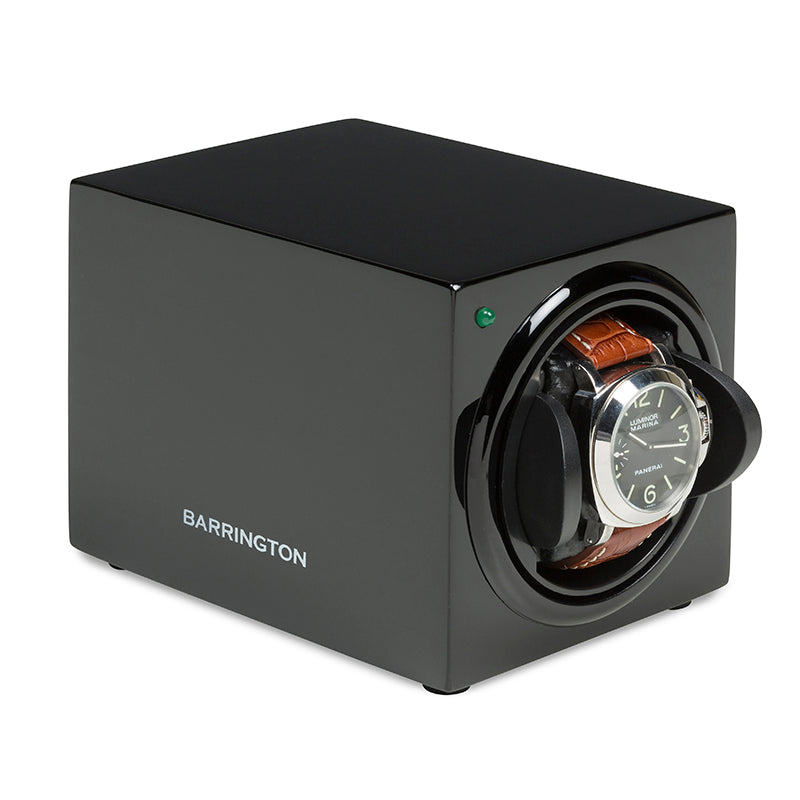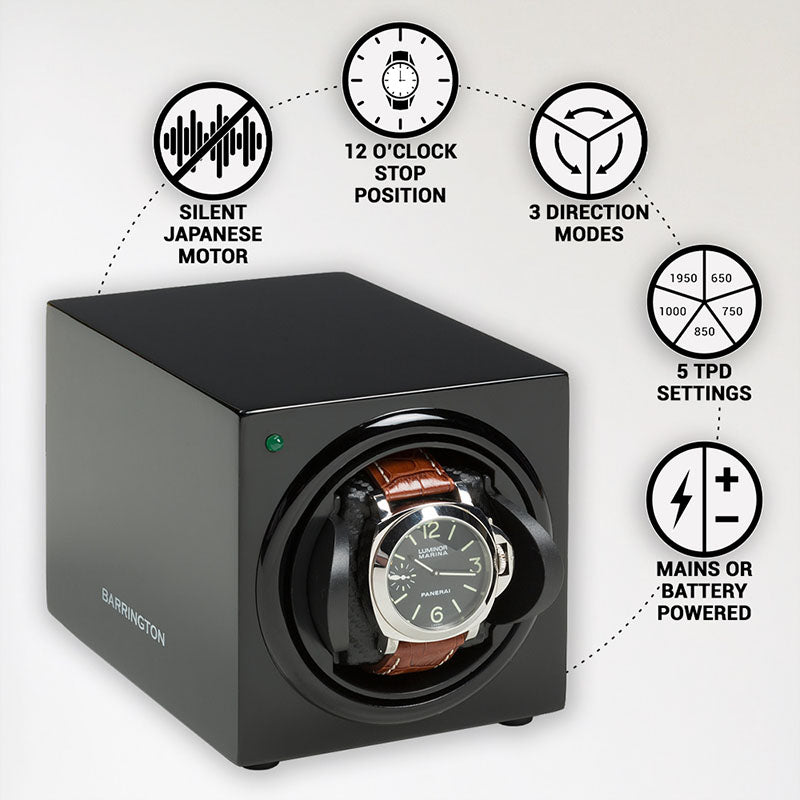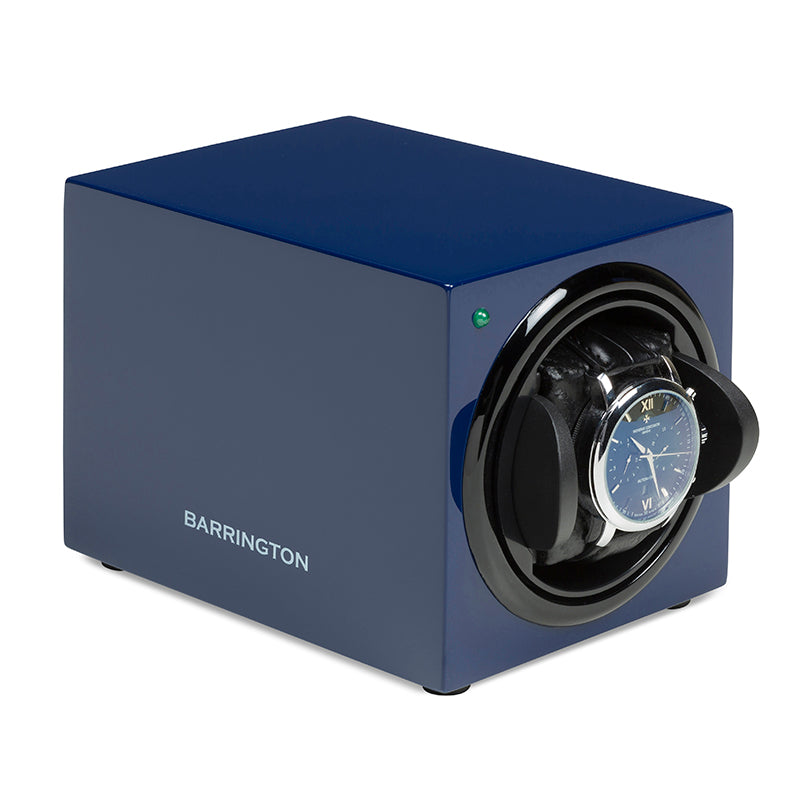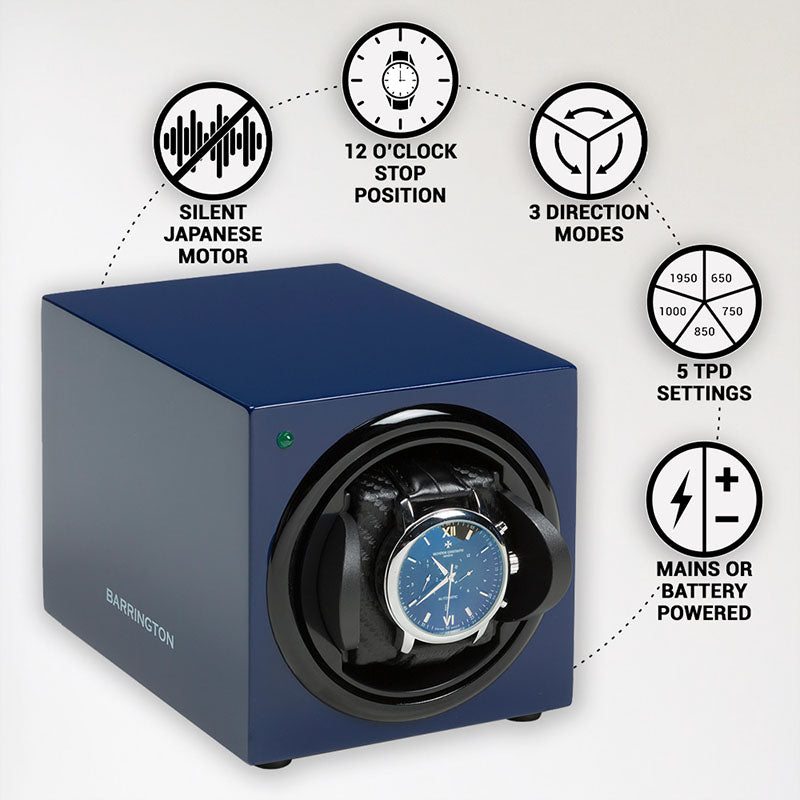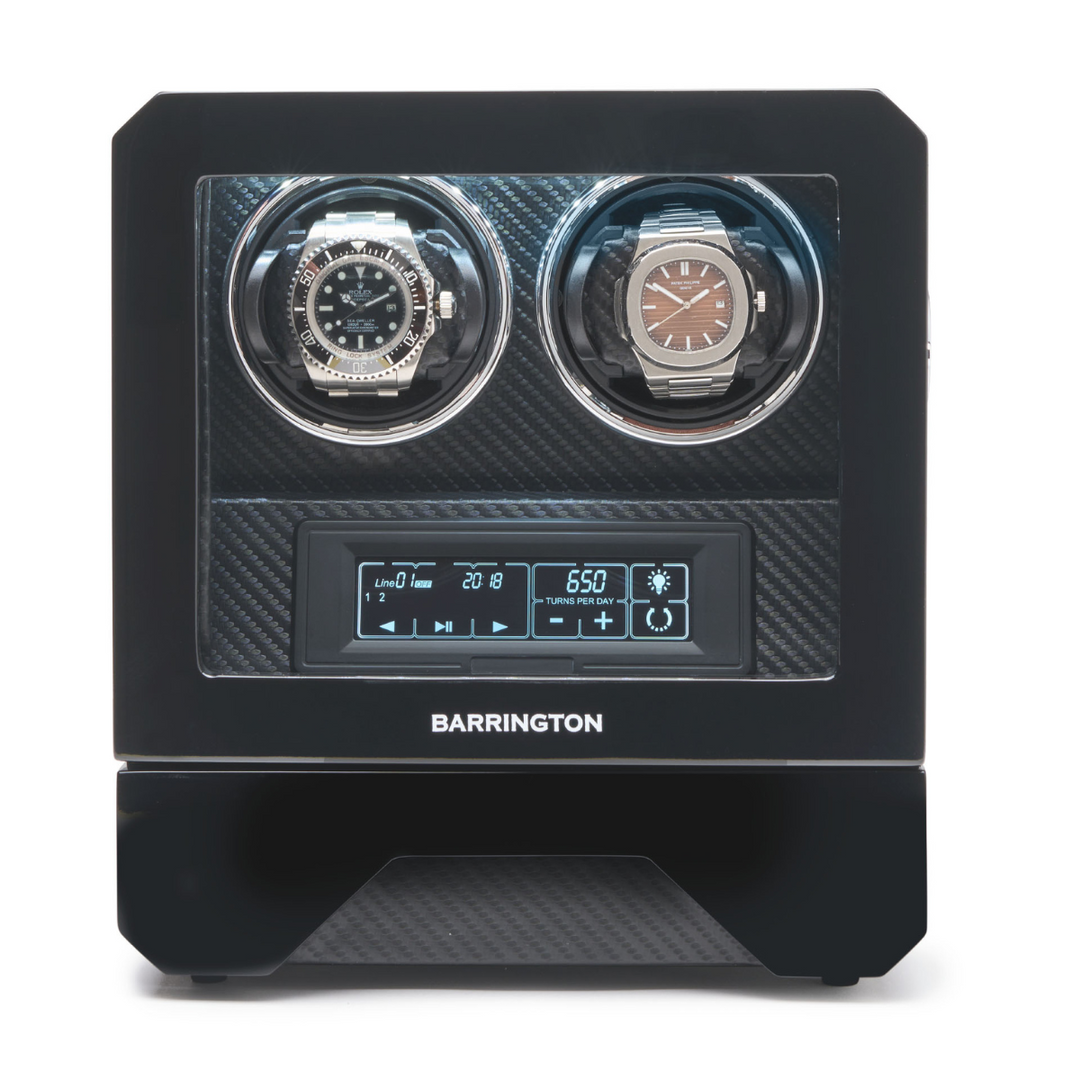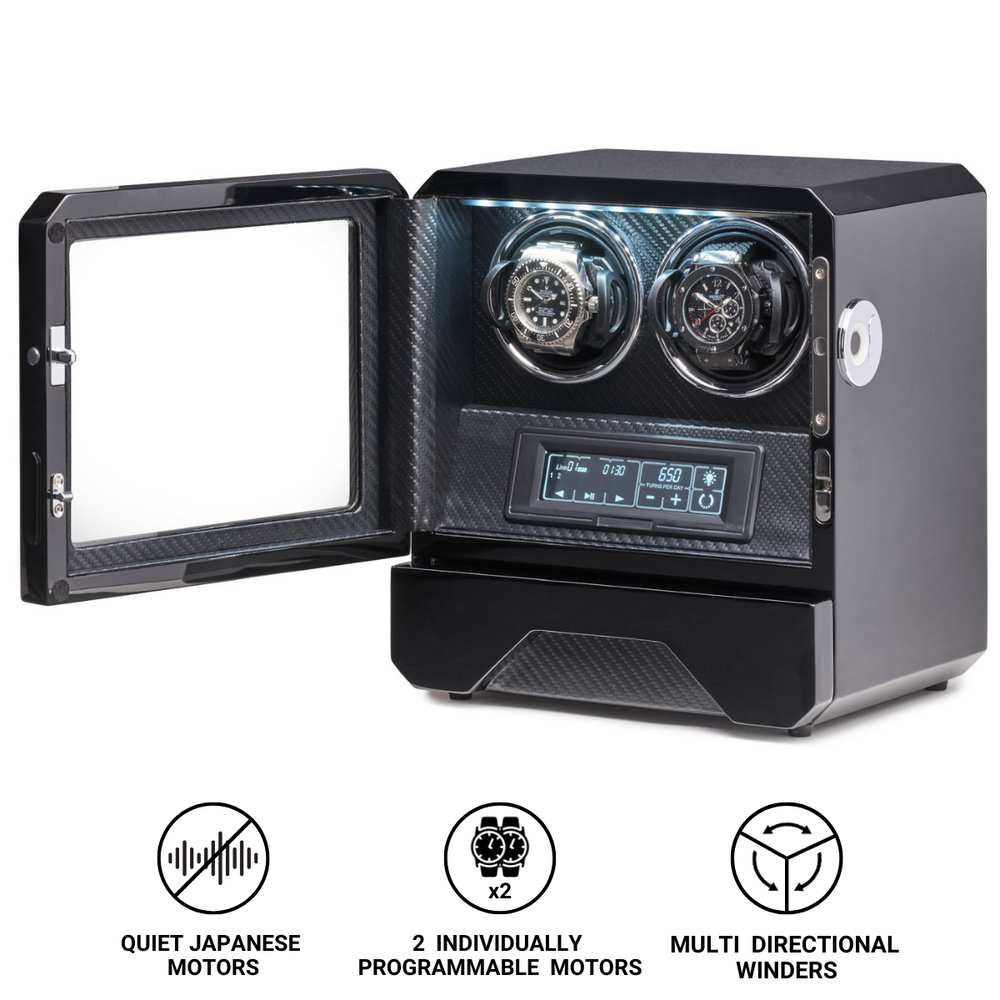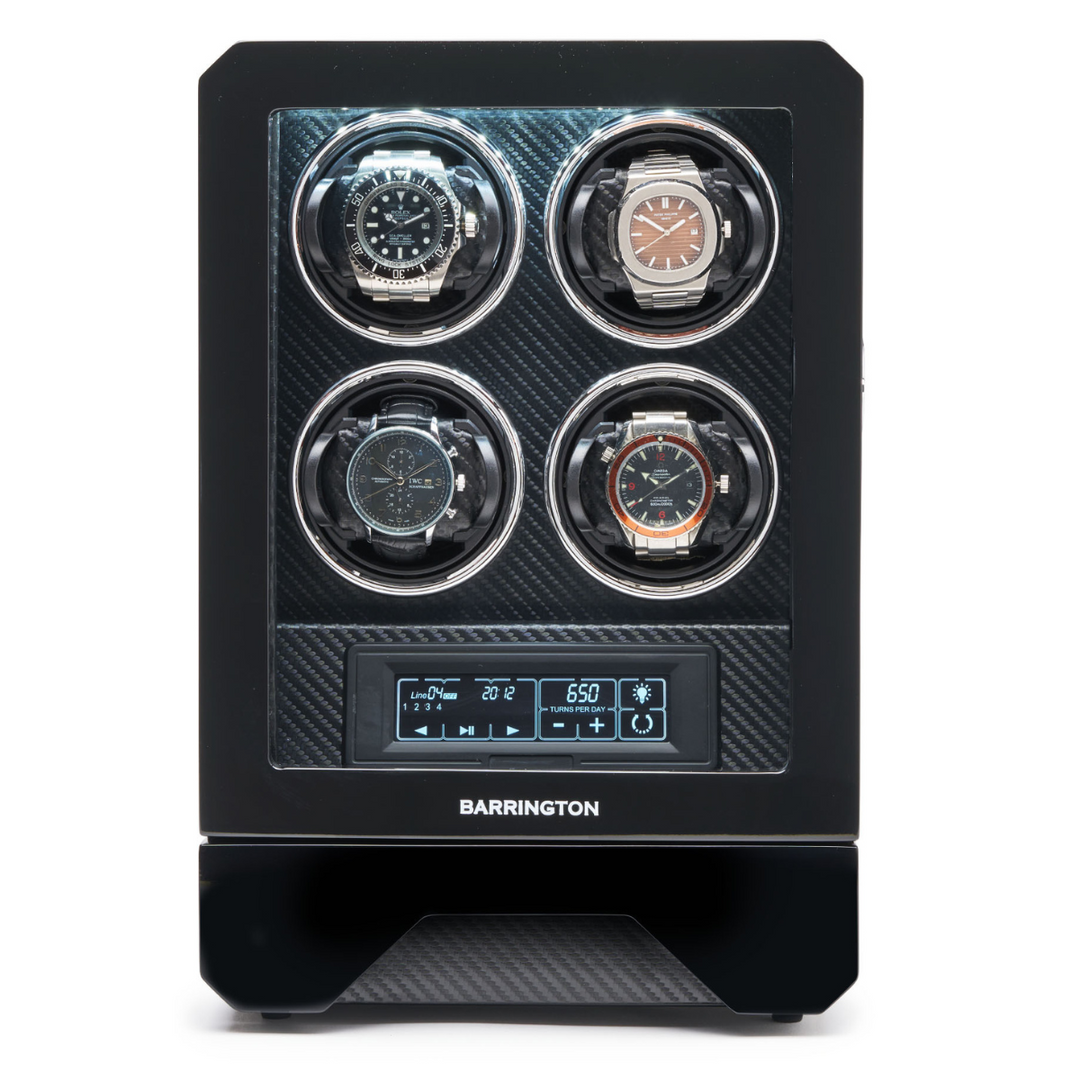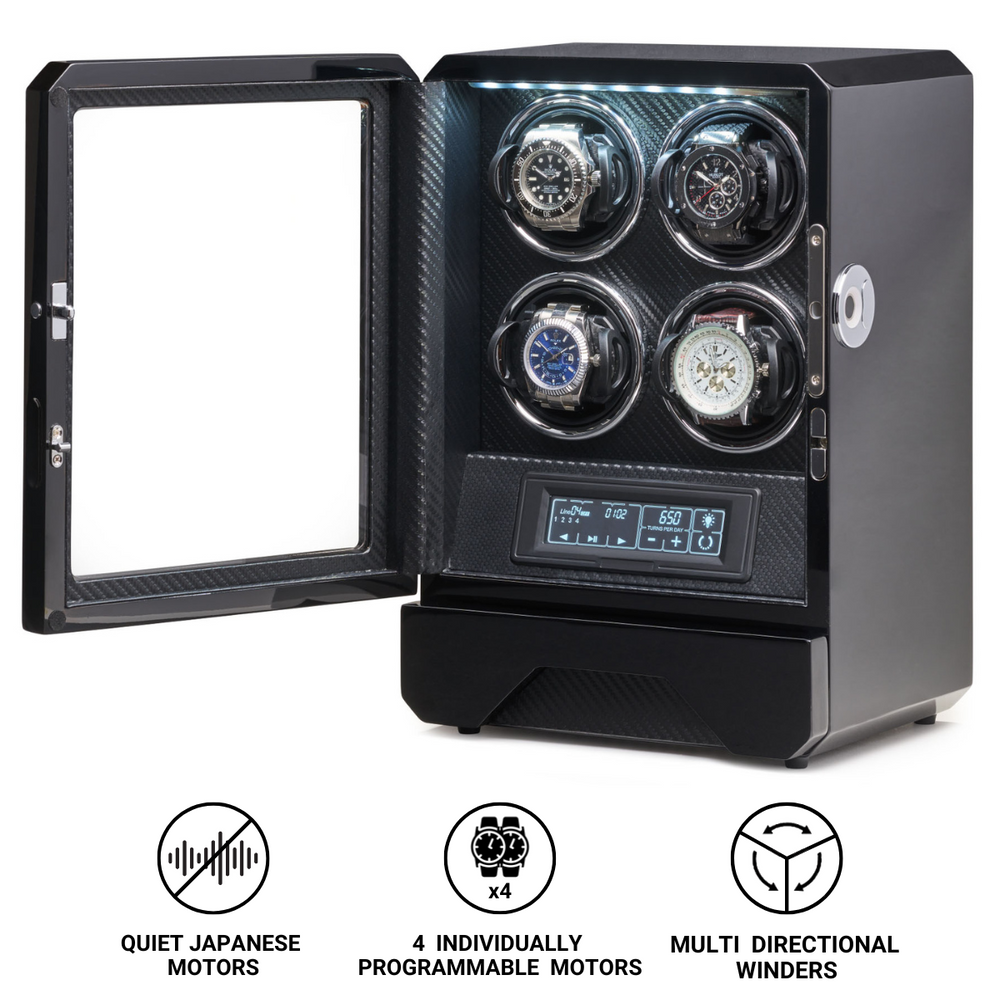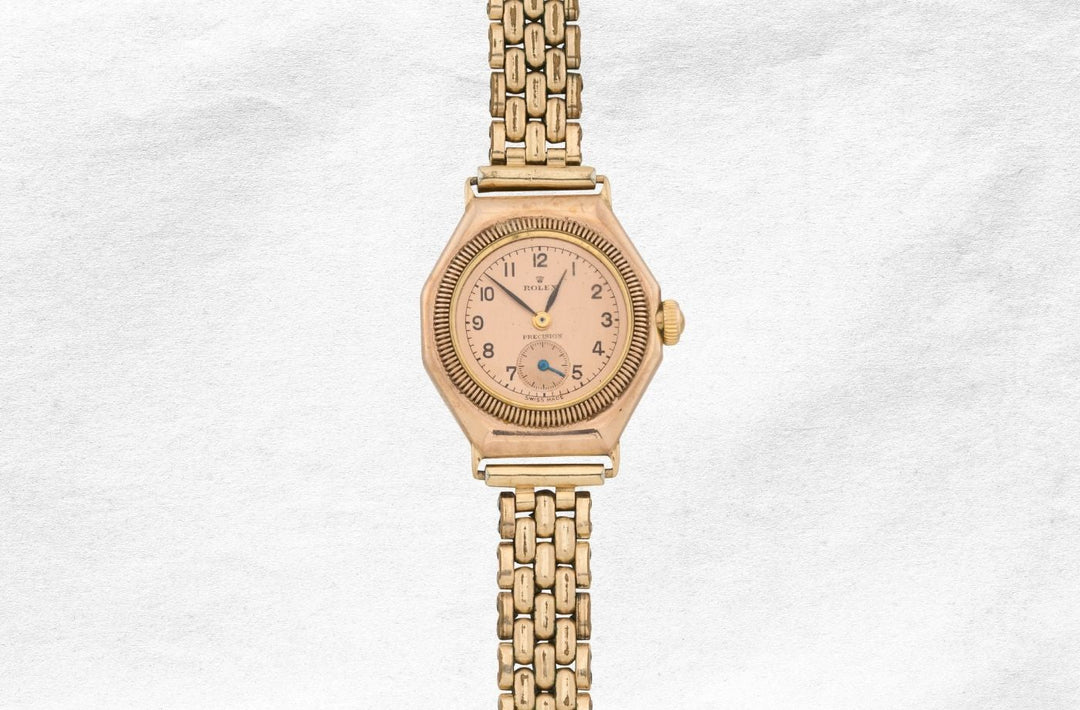Why Automatic Watches Still Matter in a Smartwatch World
A Different Relationship With Time
We live in an age of convenience. Our phones tell us the weather before we’ve looked out the window. Our watches count our steps, measure our heart rate, and remind us to drink water. It’s impressive, certainly, but it’s also relentless.
So where does that leave automatic watches? Watches that don’t buzz, vibrate or track anything. In short, they still matter because they offer something smartwatches can’t: quiet permanence, craftsmanship, and a slower, more intentional connection to time.
An automatic watch is powered not by batteries or software, but by the motion of your wrist. The rotor inside spins as you move, winding the mainspring and keeping the mechanism alive. This design has existed, almost unchanged, for decades, because it works. That alone is worth something. In a world where most things are replaced rather than repaired, an automatic watch is made to last.
And that’s really the key difference. A smartwatch is a tool, it tells you what to do, when to do it, and how many calories you’ve burned along the way. An automatic watch does none of that. It simply tells the time, reliably, without fuss. You learn to rely on it in a different way. You check the time not to be reminded of the next task, but simply to know where you are in the day.
There’s something satisfying about that. No alerts, no pairing, no charging; just time, ticking steadily by.
Something Worth Keeping
There’s also a deeper reason people stick with automatics: they age well. Smartwatches, like phones, have a short shelf life. A model from five years ago is likely slow, unsupported or incompatible. An automatic watch from five years ago? Still ticking. One from fifty years ago? Still serviceable. Still beautiful. Still valued.
Automatic watches often become part of a personal story. You might remember where you were when you got it, who gave it to you, what the occasion was. Many people still wear a parent’s old watch, something that’s travelled through time with them. A smartwatch won’t do that. It might serve you for a few years, then end up in a drawer or a recycling bin.
And then, of course, there’s the matter of design. An automatic watch can be elegant, rugged, minimal or complex. It can reflect your taste, match your outfit, or simply feel right on your wrist. Smartwatches tend to look like what they are, small rectangles of tech. They serve their purpose, but they rarely stir any feeling.
Automatic watches ask more of you, a little care, the occasional service, some patience if the time drifts a few seconds over a week. But they give something back too. They’re not tracking you or trying to make you faster. They just keep going, steadily, mechanically, faithfully.
In a fast-moving world full of distractions, that’s something people still want. Not everyone wants a wrist that’s constantly connected. Some just want to wear something they trust, appreciate, and can hand down when the time comes.
Smartwatches aren’t going anywhere; they’ll keep improving and updating. But automatic watches are still here too, and they’re not going anywhere either. Because they stand for something that doesn’t need upgrading. Because they work. And because sometimes, timeless is better than smart.


